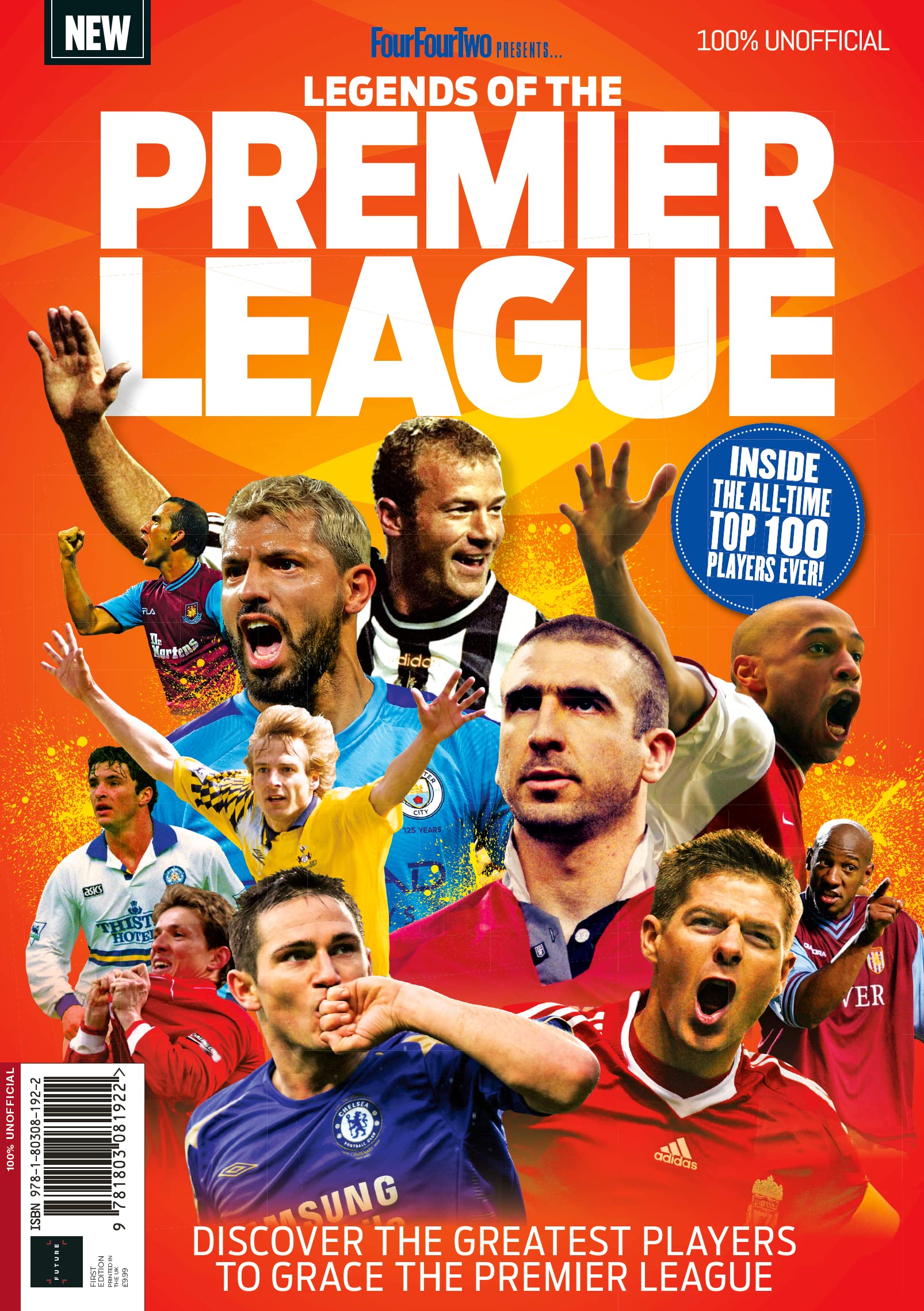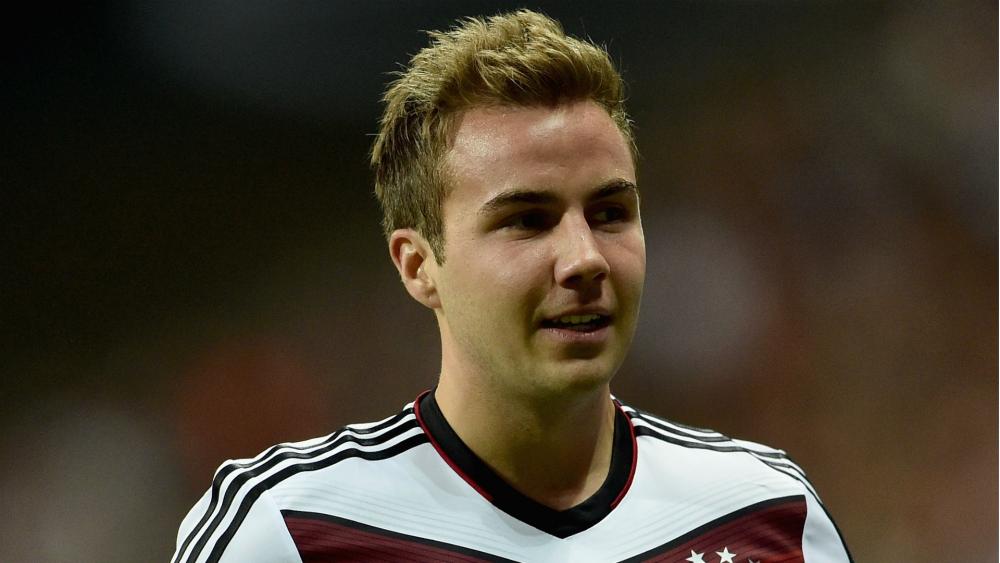Ranked! The 16 best Premier League players of the 1990s
As part of FourFourTwo's Cantona week, we decided to take a trip down memory lane to judge the best Premier League players of the 1990s
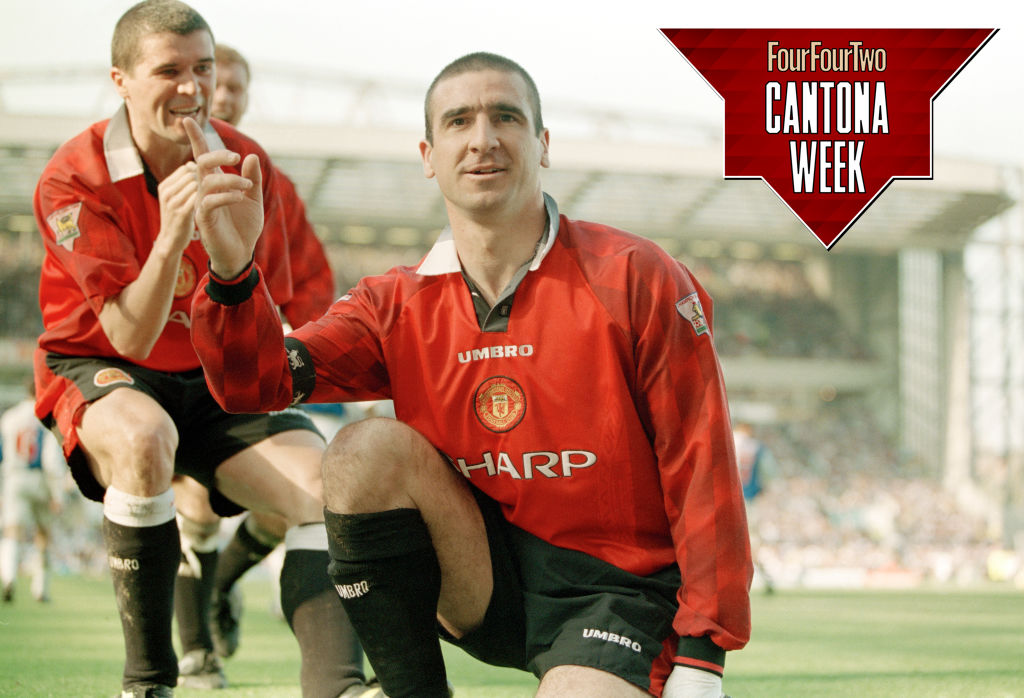
Who were the best Premier League players of the 1990s? For football fans of a certain vintage, the early years of the Premier League hold a special attraction. Nostalgia plays a part, but the period in which English football's top tier made itself the envy of the world can't be written off so easily, as this list proves...
This feature has been republished for Eric Cantona week, commemorating 30 years since the Frenchman arrived in English football.
16. Gary Speed (Leeds, Everton, Newcastle)
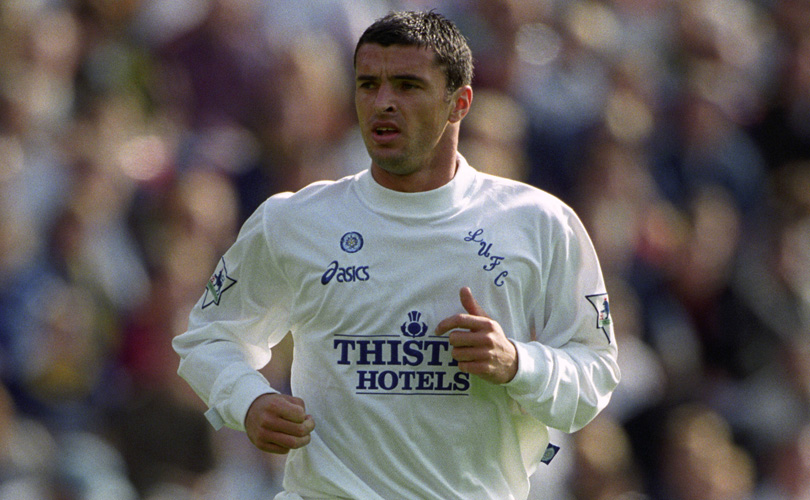
Nobody played more games in the Premier League’s first 10 years than Speed, and a supreme commitment to fitness allowed him years later – aged 35, then 37 – to play every match in two of his three seasons with Bolton. His top-five tally of 535 Premier League appearances will not be surpassed soon.
But Speed’s greatness was about more than consistency. In his 1990s prime with Leeds (where he won the title in 1991/92), Everton and Newcastle, the Welshman brought leadership, intelligence, versatility, creativity, grit, guts and goals: 80 in the Premier League, one every six or seven games, and many of them headers – uncommon for a midfielder, winger and full-back.
15. Gary Pallister (Man United, Middlesbrough)
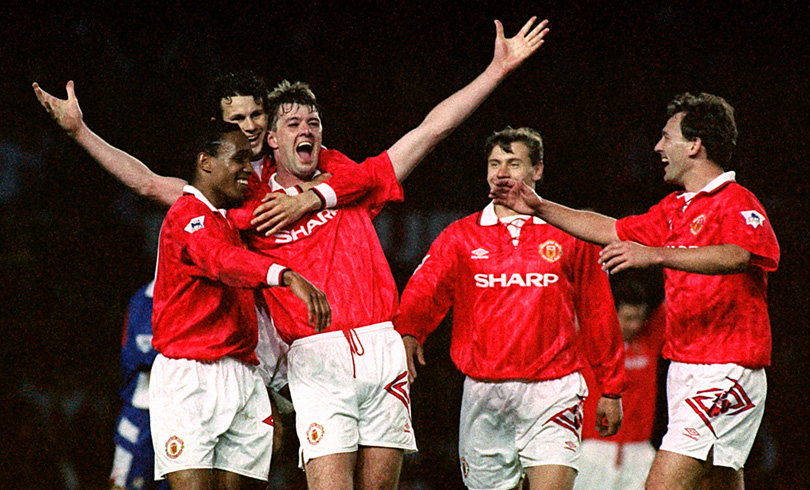
You heard. Pallister’s relative reluctance to embrace the spotlight after retirement has wrongly undermined his importance to ’90s-era Manchester United. Yet the centre-back partnership of Pallister and Steve Bruce was as intimidating as their nickname, Dolly and Daisy, was not.
PFA Player of the Year in 1992, Pallister made four consecutive Teams of the Year; five in total. And amid four titles in his six Premier League campaigns with United, they somehow conceded the fewest goals in the two they didn’t win: just 54 across 80 matches in 1994/95 and 1997/98. At least someone was doing their job.
14. Patrick Vieira (Arsenal)
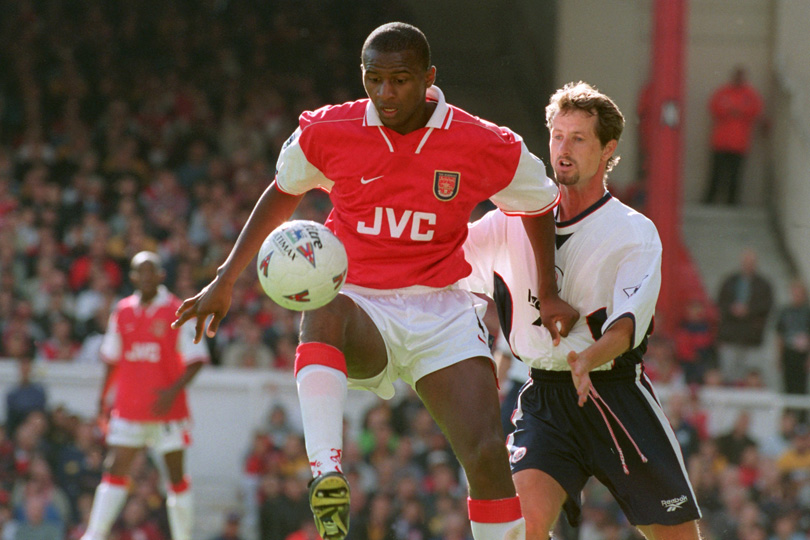
Enthusiastically dubbed “the thinking man’s Carlton Palmer” by The Times following his Arsenal debut, Vieira became one of the Premier League’s greatest midfielders. His low position in this countdown is only because the Frenchman was just 23 when the ’90s ended and, even with his World Cup and Double double in 1998, yet to reach his towering peak.
Get FourFourTwo Newsletter
The best features, fun and footballing quizzes, straight to your inbox every week.
Nonetheless, ’90s Vieira had tremendous all-round talent. Posterity paints him as a destroyer, but he excelled at beating players and keeping the ball. He created goals, too – including, unfortunately, one for Ryan Giggs in a certain FA Cup semi-final replay in 1999.
13. David Beckham (Man United)
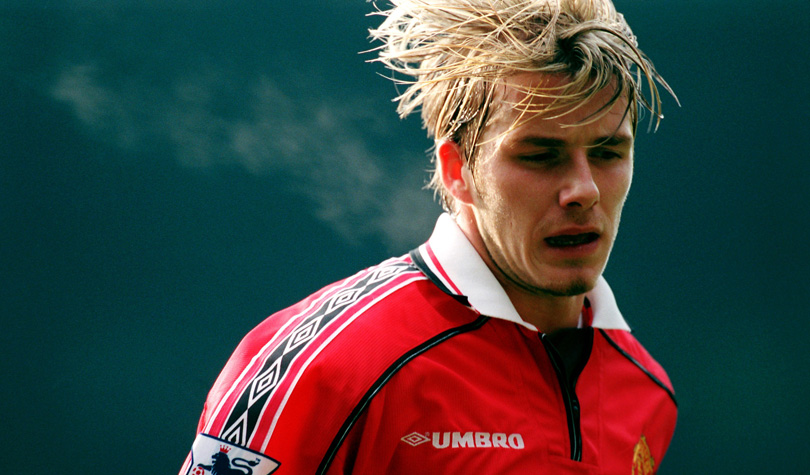
As 2000 dawned, Beckham bestrode England like a colossus, his image seared into every brain cell. So, when Posh ’n’ Becks frenzy reached its height in 1999 with the holy trinity of marriage (in a castle), an heir (with a celebrity name) and reference in American pop culture (Eminem pondering “which Spice Girl to impregnate”), many asked if Beckham – whose red card had precipitated England’s World Cup exit the previous year – was actually any actual good at actual football.
Of course he was. Fabulous technique and an almost masochistic commitment to training made 20-year-old Beckham a regular in Manchester United’s Double-winning team, before he kicked off their 1996/97 season with a goal from his own half. By 1999/2000’s close, Beckham – a right-sided midfielder more than a winger – had scored or assisted 88 goals in his 175 Premier League games. Yeah, he could play.
12. Tony Adams (Arsenal)
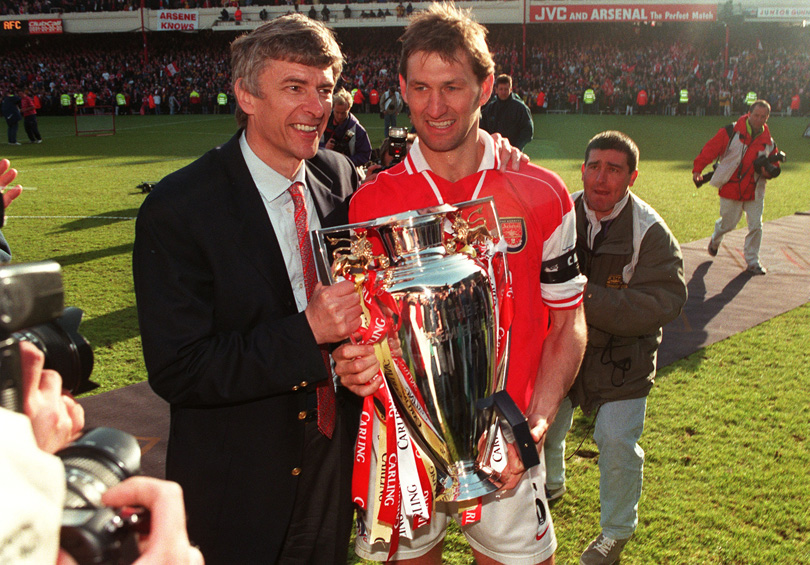
On his Arsenal debut, Adams played alongside Pat Jennings. In his final Arsenal appearance, he played alongside Ashley Cole. To be at the heart of one team’s defence for nearly 20 years is impressive enough; to do that while the team changes beyond all recognition, and as captain from 21 through to retirement at 35, is pretty special.
Arsene Wenger was Adams’ fifth manager at Highbury, yet his lifestyle revolution seemingly posed a threat: Adams had revealed his alcoholism in a front-page exclusive just as his new boss was being appointed.
However, the two worked together to banish Arsenal’s drinking culture, and Adams kept a famous defence in line (literally) while Wenger added flair and fluidity to the front six. The result: two Double wins in five years. Their later spat resembles a particularly tragic divorce.
11. David Ginola (Newcastle, Tottenham)
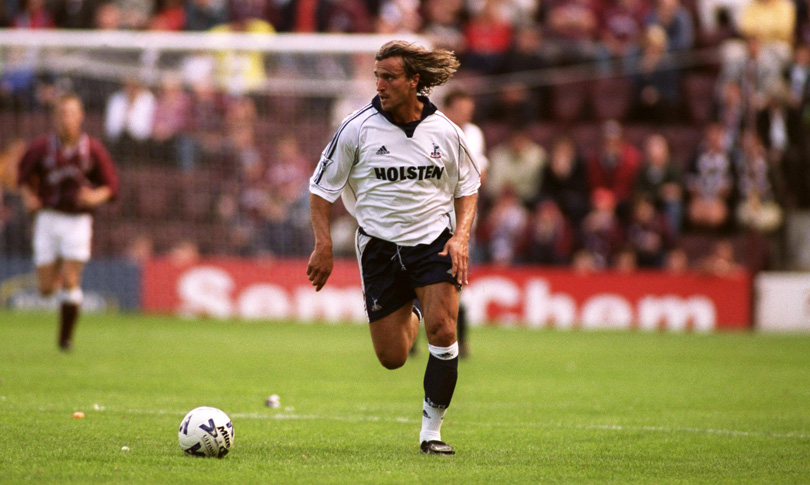
Today’s cynics might scoff that we were taken in by Ginola’s Gallic flair and glossy hair. His middle name is Desire, after all.
However, it's no coincidence that Newcastle’s consecutive title challenges came during Ginola’s two years on Tyneside. Then, at Spurs, in the season when Manchester United won an unprecedented Treble… well, to quote Wikipedia: “Ginola was voted PFA Player of the Year and FWA Footballer of the Year after helping his club win the League Cup.” Even with the United vote split, that says a lot for the Frenchman’s broader impact in England.
10. Matt Le Tissier (Southampton)
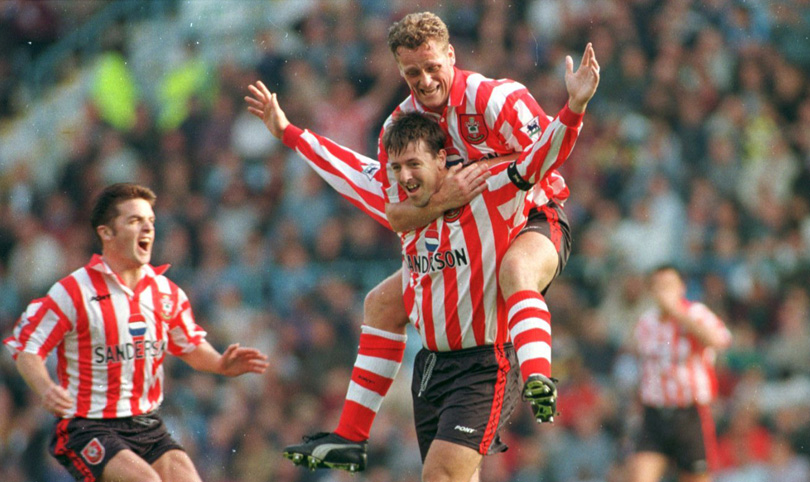
The quintessential ’90s footballer… was probably Ian Walker. Those curtains defined a decade. But so did Le Tissier, not just surviving but thriving in the last football era that would let him.
Le Tissier’s relaxed approach to diet and conditioning was a choice. He told FourFourTwo: “I knew I had the ability to change games without being as fit as the other players on the pitch.” He narrated the inner monologue of so many fans: ‘I could do that, but I can’t be arsed.’
The Guernseyman scored 160 league goals (60 pre-1992/93) for a Southampton team camped in the bottom half, yet his slovenly style, stifling a yawn as he sauntered past defenders and picked his spot, made brilliance seem almost attainable. They don’t make them like that any more.
9. Robbie Fowler (Liverpool)
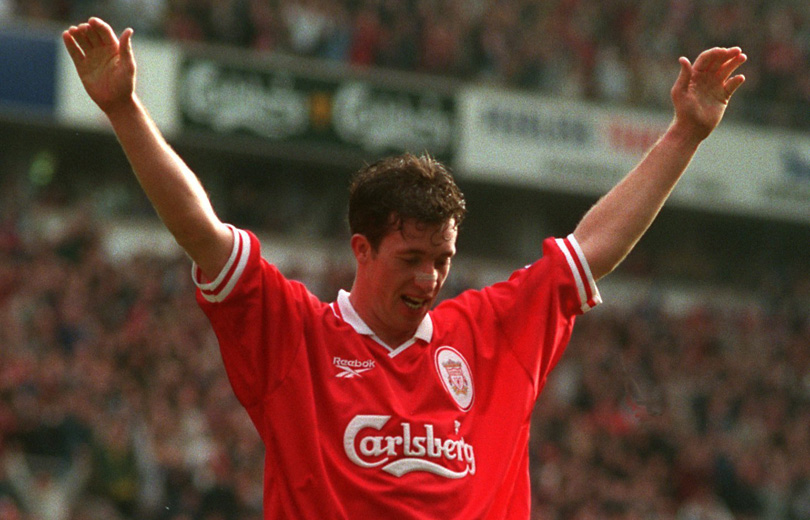
In 1993/94, no fewer than 12 English strikers scored 15+ goals in the 42-game campaign. But Fowler, who exploded onto the scene that season, had an insatiable hunger that set him apart. One goal became three, regularly and rapidly: the quickest of Fowler’s nine Premier League hat-tricks – second only to Alan Shearer – destroyed Arsenal in four minutes and 33 seconds. He was 19.
Preternaturally clinical, Fowler scored half of his 163 Premier League goals before his 22nd birthday. Injuries enforced a slow decline, but in the mid-’90s he wasn’t just good – he was God.
8. Gianfranco Zola (Chelsea)
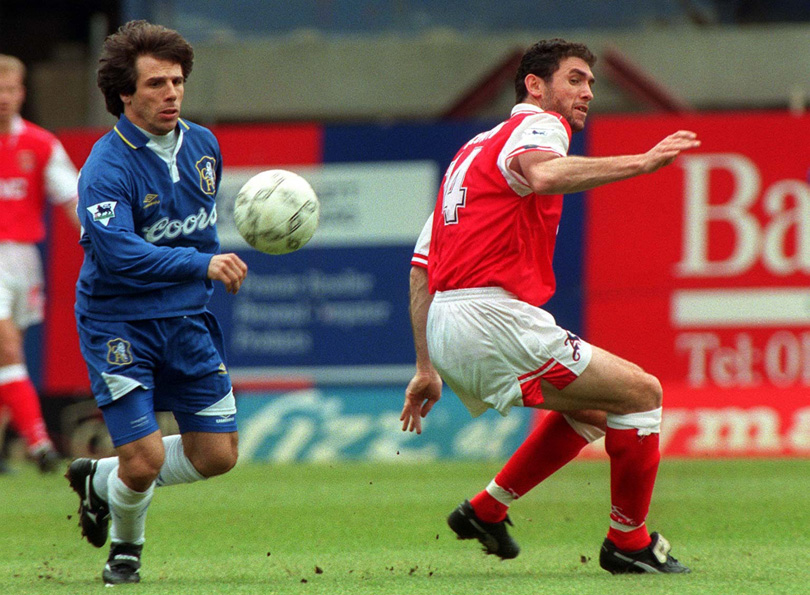
The backheel against Norwich, the scooped assist for Gus Poyet, that FA Cup semi-final goal… we could just show a highlights reel. But Zola, FWA Footballer of the Year in his first Premier League season, was more than skill and dribbles. He left a huge impact on Chelsea, their fans – who once voted him Chelsea’s greatest ever player – and English football.
Through spellbinding performances and hard work, introducing team-mates to pre-training gym routines, Zola raised levels. When he came, Chelsea had won four major trophies in their history. When he left (the same day Roman Abramovich arrived), they had won eight. Nice guys don’t always come last.
7. Peter Schmeichel (Man United)
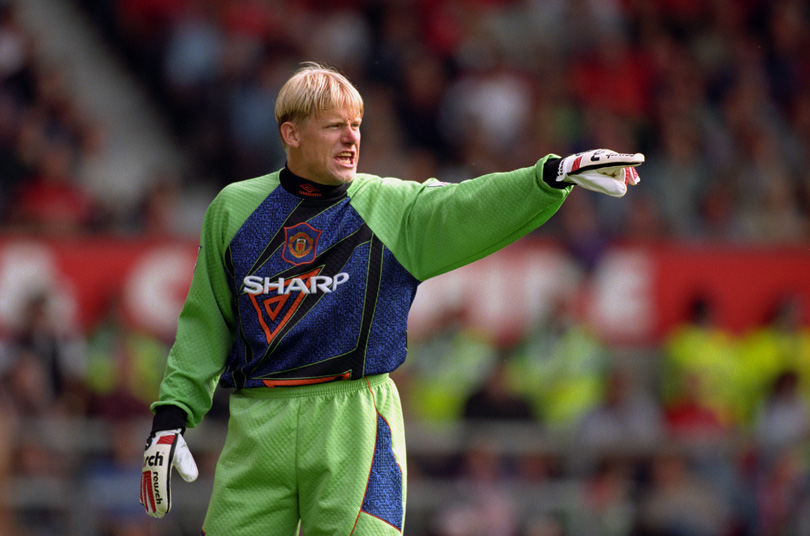
Watching him cartwheel across the turf as Manchester United secured the treble, one forgot that Schmeichel was 35. It concluded an epic 63-game club season (unbeaten from Christmas) and his 1991-1999 United career, as the toll on his 16-stone body prompted a move to Portugal.
Schmeichel’s size made him intimidating, his long reach and starfish jumps producing unlikely saves. But you don't keep 112 clean sheets in 252 Premier League matches without organising a defence, and that was the key to Schmeichel’s brilliance – and United’s dominance.
6. Ian Wright (Arsenal, West Ham)
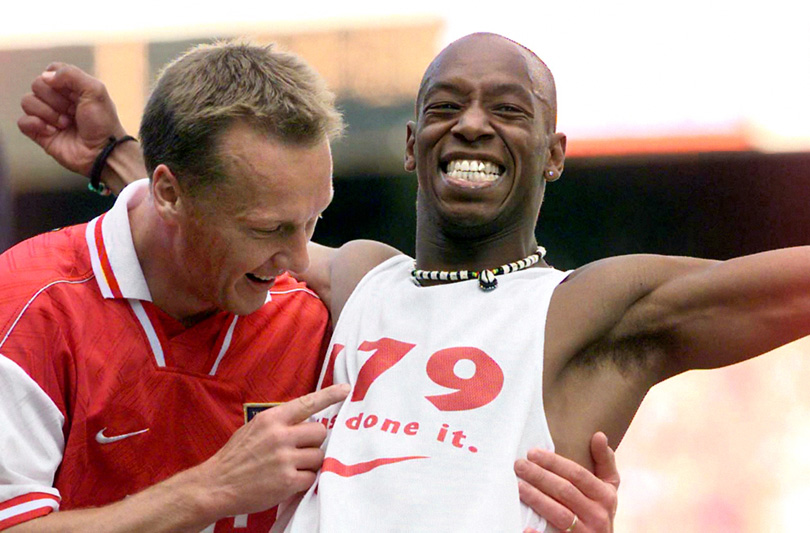
Wright was the archetypal late bloomer. The striker was nearly 22 when he swapped Tunnel Refineries and non-league football for Crystal Palace; 25 when he made his top-flight bow; 27 for his England debut; and his Arsenal transfer came seven months after that, in September 1991.
It was some achievement that he became Arsenal’s record goalscorer (until Thierry Henry surpassed him) and represented England as late as their Euro 2000 qualification campaign.
He also played his part in the 1997/98 Double triumph. In his lowest-scoring – and final – season with Arsenal, Wright nonetheless hit nine goals in their first 10 league games before succumbing to injury. That they lifted the FA Cup with their departing hero an unused sub, while Christopher Wreh started, is rather sad.
5. Ryan Giggs (Man United)
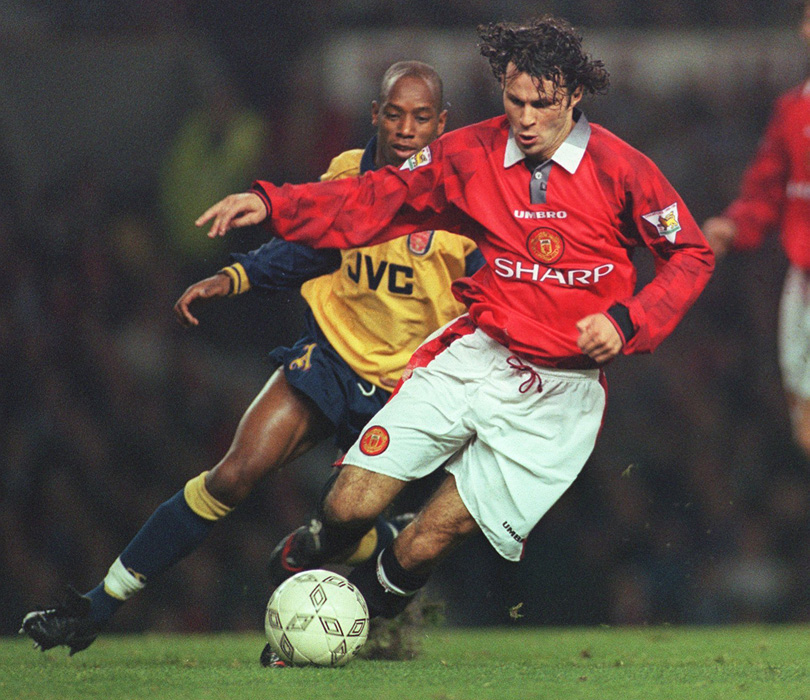
As with fellow Welshman Gary Speed, appraisals of Giggs’s playing career often cite his longevity over his ability.
So, remember: Giggs the winger – ’90s Giggs – was a phenomenon. He was fast, crossed with precision, averaged a goal or assist every two games throughout the decade, and took wonderful free-kicks that gave Manchester United the choice of his left foot or Beckham’s right.
While his metamorphosis into a midfielder was admirable, seeing Giggs tear down the touchline was the purest delight.
4. Roy Keane (Nottingham Forest, Man United)
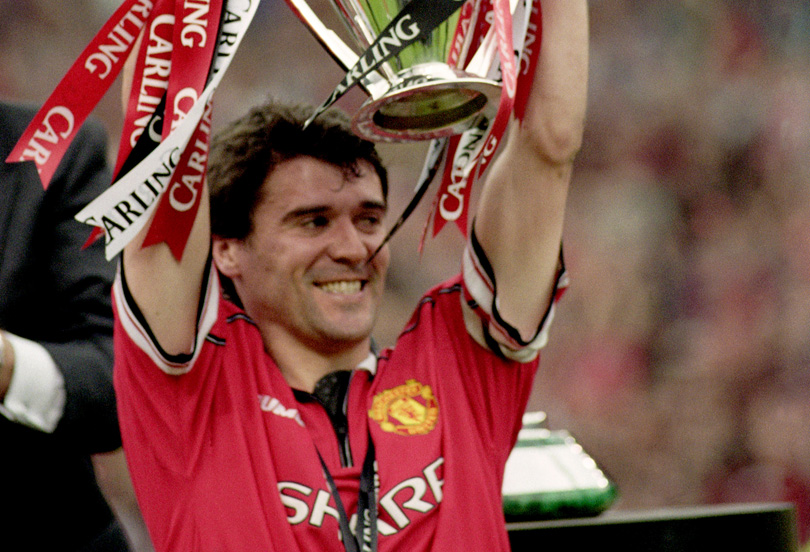
Captaincy in football is a largely honorific role, and its importance can be overstated. On the other hand, there’s Roy Keane.
Signed by Manchester United for a record fee after he'd made the 1992/93 PFA Team of the Year despite finishing bottom with Nottingham Forest, Keane was 21 when he arrived, yet played more league games in his first season (37) than in any later campaign.
Between suspensions and injuries, Keane inspired his United team-mates with his infectious work rate, crucial goals and... er, bellowing. After the midfielder’s all-action performance in Turin for the second leg of their 1999 Champions League semi-final, Alex Ferguson wrote: “It was an honour to be associated with such a player.”
Keane’s influence even extended to his absence. A spoiler for our top three: there is no Scholes. For most of the ’90s, Scholes was a half-decent forward, in and out of the team. An injury to Keane meant Scholes dropped back, and the stellar midfielder was born.
3. Dennis Bergkamp (Arsenal)
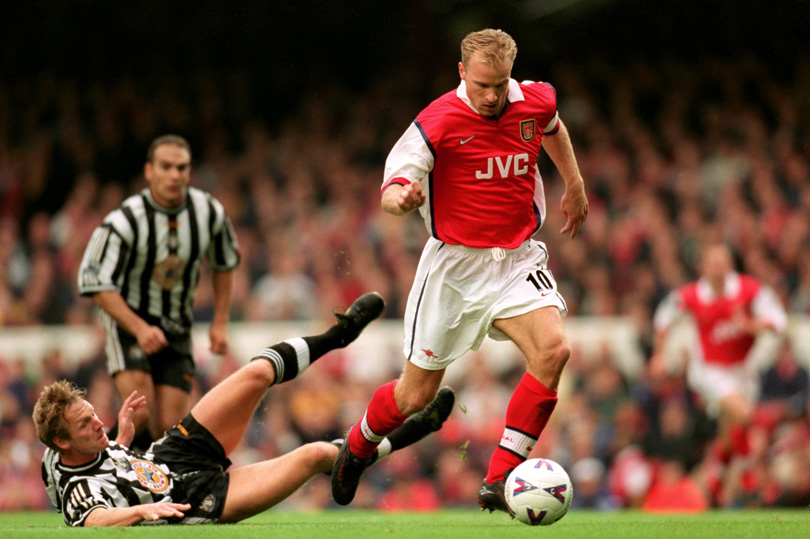
“The pleasure of scoring goals is known, but for me, the pleasure of the assist came close. It’s like solving a puzzle. I always had a picture in my head of how things would look two or three seconds later – I could calculate it. There’s a tremendous pleasure in doing something that someone else couldn’t see.”
Bergkamp’s words to FFT in 2011 perfectly encapsulated his own aesthetic appeal. He was also ruthless. Arsenal’s Double-winning team had several stars – and Marc Overmars’s remarkable habit of scoring vital goals was underrated – but only Bergkamp, PFA Player of the Year and FWA Footballer of the Year with 27 goal contributions in 28 league games that season, combined art with end-product so efficiently.
2. Alan Shearer (Blackburn, Newcastle)
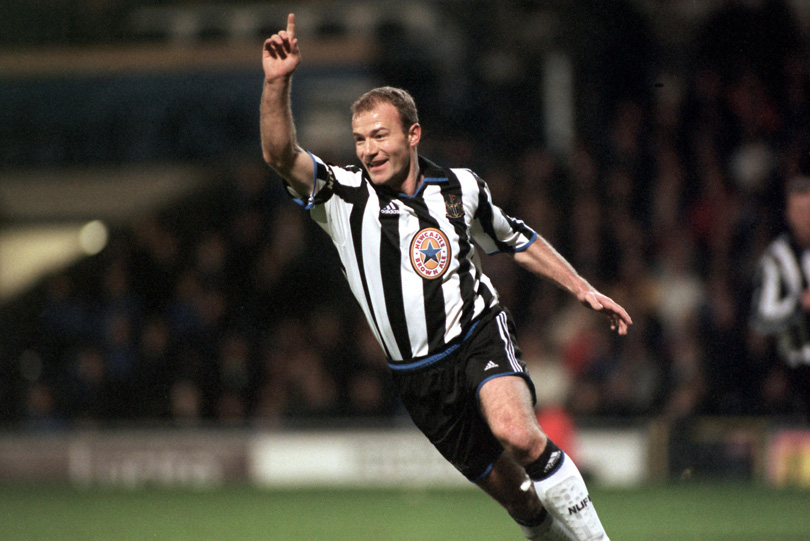
Goal tallies aren’t everything, but nothing better illustrates Shearer’s 1990s greatness. His record was preposterous.
In four years at Blackburn, the ex-Southampton marksman delivered a Premier League title and 112 goals in 138 matches.
And Shearer remained prolific despite injury. His first Blackburn season brought a snapped ACL. He was 22, at a new club, stricken... and scored 16 goals in 21 games. At Newcastle, he had one season (31 games, 25 goals, a second PFA Player of the Year award and a third Golden Boot) before torn ankle ligaments forced him to become a targetman – whereupon he still scored one in two.
In total, Shearer netted 260 goals in 441 Premier League games for two teams who, between them, averaged a seventh-place finish. Again: preposterous.
1. Eric Cantona (Leeds, Man United)
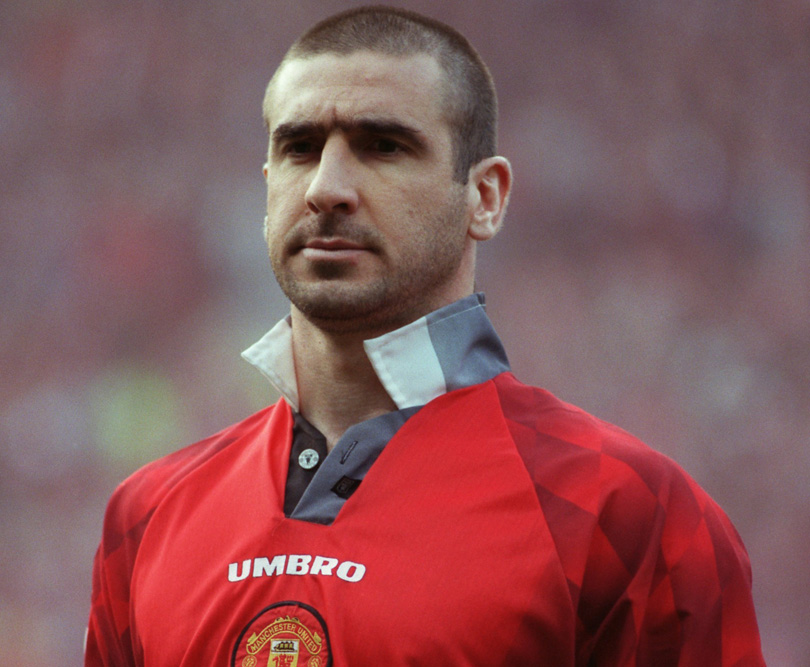
Yes, his cult status is elevated by popped collars, kung-fu kicks, seagulls and trawlers. Nevertheless, in just four-and-a-half years at Manchester United, Cantona shaped English football in the 1990s like no other player.
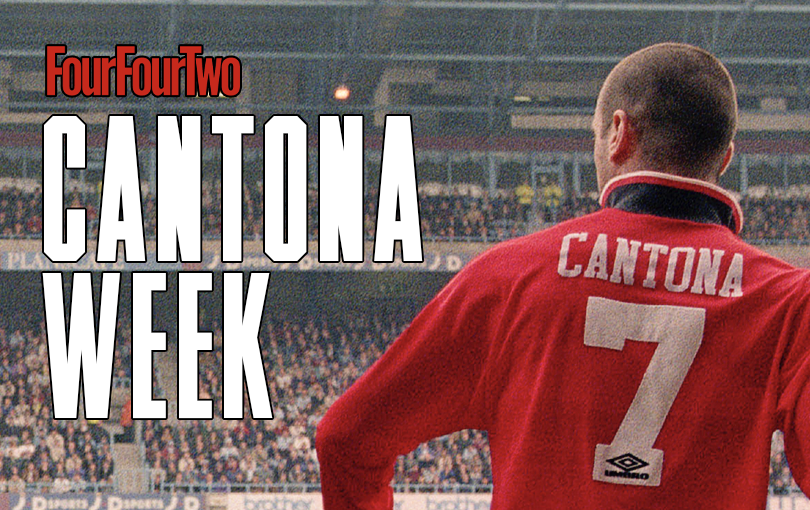
7 DAYS OF KING ERIC Cantona week on FourFourTwo
When the Frenchman arrived in November 1992, United were eighth, having scored fewer goals than two teams in the relegation zone. Then Cantona strolled into the changing room like a bomb defusal expert assuring citizens that everything would be fine. His attitude was invigorating; so too, the way he dropped deep and demanded the ball before driving forward and assisting team-mates or, as with that famous chip against Sunderland, going it alone. United recovered to claim their first top-flight league title since 1967.
Cantona was a powerful yet creative force. Most importantly, he scored when it mattered. In the spring of 1995/96, with Newcastle pushing his team all the way, Cantona netted in six consecutive games. The scorelines were 1-0, 1-1, 1-0, 1-0, 3-2 and 1-0; his goals included the winner at Newcastle and a 90th-minute equaliser. Then he scored the only goal in the FA Cup final against Liverpool as Manchester United sealed the Double.
Inexplicably, Cantona retired at Old Trafford aged 30. Having made his United debut in an invitational held for Eusebio, his final appearance came in a testimonial for David Busst. You can’t have everything.
Read the inside story of Eric Cantona’s career in the new issue of FourFourTwo magazine
Subscribe to FourFourTwo today and save over a third on shop price
Eric Cantona week on FourFourTwo
• King of the Kop? When Eric Cantona nearly signed for Liverpool
• How Sheffield Wednesday turned down signing Eric Cantona
• Every club Eric Cantona played for: a potted history of the Frenchman's career
• Quiz! Can you name every club Eric Cantona scored against in the Premier League?
• Why did Leeds sell Eric Cantona to Manchester United?
• Year Zero: The making of Eric Cantona (Leeds/Manchester United, 1992/93)
• Does Eric Cantona have a Leeds tattoo? The truth behind the collar
• Ranked! Eric Cantona's 10 best goals
• Quiz! Can you name Eric Cantona's most frequent Manchester United team-mates?
• 7 best pieces of Eric Cantona memorabilia available to buy online
Huw was on the FourFourTwo staff from 2009 to 2015, ultimately as the magazine's Managing Editor, before becoming a freelancer and moving to Wales. As a writer, editor and tragic statto, he still contributes regularly to FFT in print and online, though as a match-going #WalesAway fan, he left a small chunk of his brain on one of many bus journeys across France in 2016.
